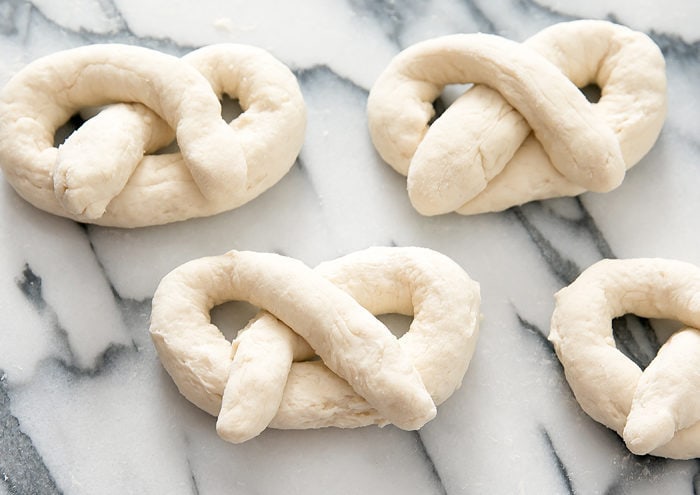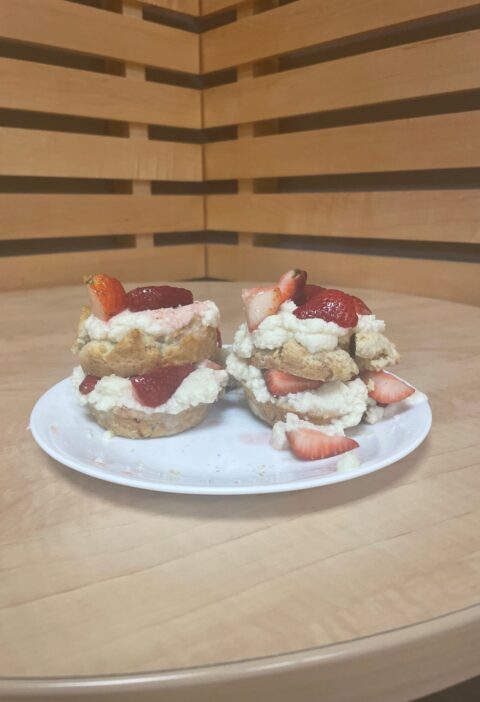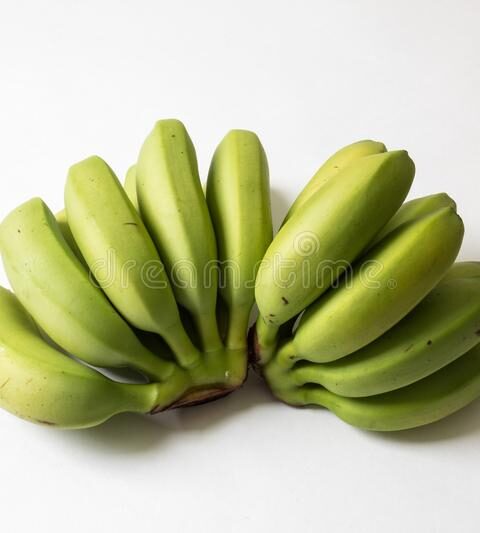Substituting baking soda and honey, for yeast:
Our recipe calls for instant yeast, a biological leavening agent, that we’ll combine with warm water to produce a reaction. It’s integral that we use warm water because it “wakes the yeast up”. When we mix the yeast with flour, it feeds on the simple sugars, releasing carbon dioxide. This release of carbon dioxide causes the pretzels to fluff up, as the gas is trapped in the body of the pretzel. We’d like to try and replicate this reaction by substituting another possible leavening agent, baking soda (a base) and honey (an acid).
We know that baking soda is a pure compound that releases carbon dioxide when it comes in contact with an acidic liquid; so, the idea is to try and replicate the reaction yeast has with flour, but with baking soda and honey. Because baking soda is basic (8.5 pH) and honey is acidic (3.2-4.5 pH), the two will react and release carbon dioxide, similarly to the yeast. It is possible that the additional carbon dioxide produced by this explosive reaction could give us lighter and fluffier pretzel bites.
~ ~ ~ ~ ~ ~ ~ ~ ~ ~ ~ ~ ~ ~ ~ ~ ~ ~ ~ ~ ~ ~ ~ ~ ~ ~ ~ ~ ~ ~ ~ ~ ~ ~ ~ ~ ~
Learn about the science of pretzels! Click here
Read how removing the baking soda bath might affect the pretzels! Click here
Return to original recipe.


